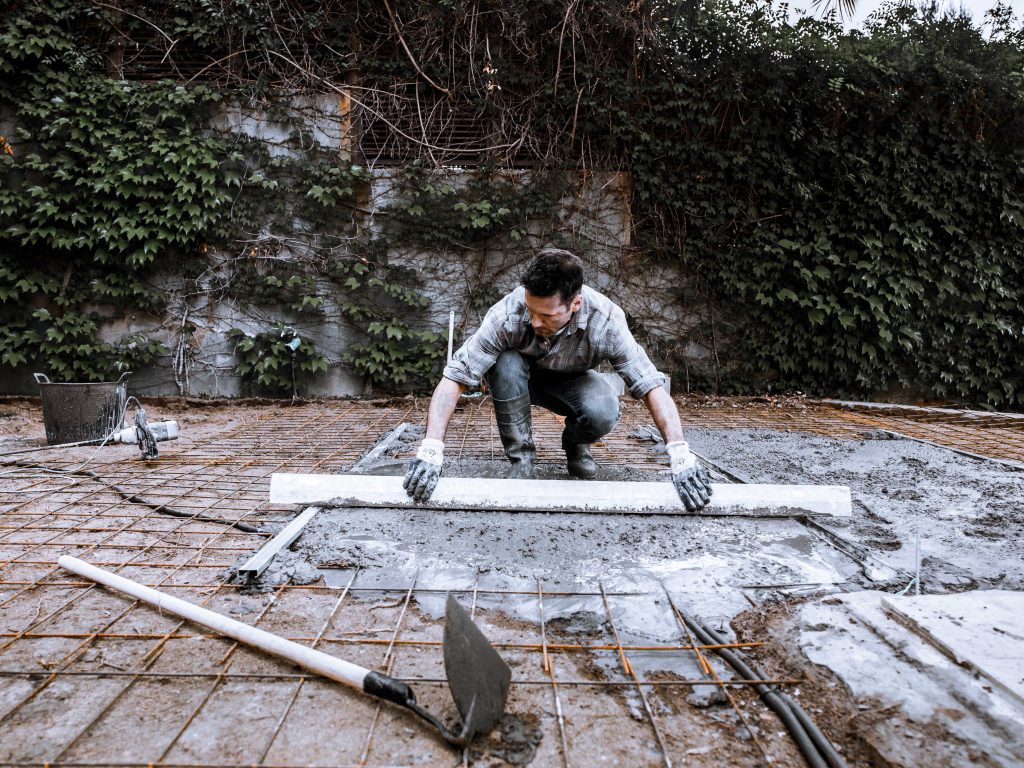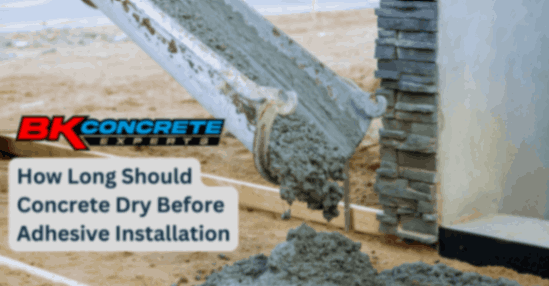Concrete is a durable and versatile material widely used in construction, from buildings and bridges to sidewalks and patios. Despite its strength, it is not immune to damage. Over time, even well-poured concrete can succumb to weathering, mechanical impacts, or other forms of wear and tear, leading to chips and cracks. Repairing these chips is essential not only for maintaining the structural integrity but also for preserving the appearance of the concrete surfaces.

The process of repairing concrete chips can vary depending on the size of the damage and the location. Small chips can often be fixed relatively easily using the right materials and techniques, while larger damages may require more extensive repair procedures. For homeowners and property managers alike, addressing these imperfections promptly does more than just improve aesthetics—it can also prevent small chips from evolving into larger structural problems that could necessitate substantial repairs or even complete replacement of the concrete surface.
Identifying Concrete Damage

Before repairing a concrete chip, it is crucial to assess the nature and extent of the damage. Proper identification will dictate the appropriate repair method and ensure the longevity of the concrete slab.
Evaluating Chip Severity
Identifying the severity of concrete chips involves measuring the depth and width of the damaged area. Shallow chips, typically less than a quarter-inch deep, often require only cosmetic repairs. In contrast, deep chips that penetrate beyond a quarter-inch may affect the structural integrity of the concrete surface and need more extensive intervention. For both types, the surrounding concrete should be inspected for signs of further damage such as small cracks that could indicate a larger issue.
Recognizing Structural vs. Cosmetic Chips
- Structural Chips: These compromise the concrete slab’s strength and may result from mechanical impact, environmental factors, or subpar construction. Indicators include:
- Chips at load-bearing points
- Widespread patterns of chipping
- Accompanying cracks that are wide or deep
- Cosmetic Chips: Typically superficial with no impact on the concrete slab’s integrity. They may be caused by:
- Abrasion from foot traffic
- Minor impacts
- Weather-induced surface peeling
Structural chips necessitate a thorough assessment to prevent potential safety hazards, whereas cosmetic chips are often addressed primarily for aesthetic reasons. In both scenarios, ignoring the chips can lead to progressive deterioration and the possibility of more extensive and costly repairs.
Concrete Repair Materials

When repairing concrete chips, selecting suitable materials is crucial for a long-lasting repair. Different repair scenarios may require different materials, such as traditional concrete mix or advanced polymer compounds like epoxy and acrylic.
Choosing the Right Concrete Mix
Concrete is typically composed of Portland cement, aggregate (like gravel and sand), and water. A standard concrete mix is ideal for filling large chips in areas that bear weight, like sidewalks and driveways. However, not all concrete mixes are the same; one should consider factors like compressive strength, setting time, and workability. In most cases, a pre-mixed concrete patch material is convenient and sufficient for small repairs.
| Concrete Type | Use-Case | Setting Time |
|---|---|---|
| Fast-Setting | Urgent repairs, minimal usage disruption | Under an hour |
| General-Purpose Mix | Residential repairs, DIY projects | Several hours |
| High-Strength Mix | Heavy-duty, industrial applications | Varies |
Understanding Epoxy and Acrylic Applications
Epoxy is a compound that consists of a resin and a hardener. It is especially suited for hairline cracks or chips that require strong bonding. Epoxies are also useful for repairing concrete where tensile strength is a concern, as they can help redistribute loads across the cracked area. They cure to a rigid, hard finish and can be used for both interior and exterior applications.
On the other hand, acrylic patches are commonly used for cosmetic repairs on surfaces where flexibility and fast curing time are desired. Some products offer the ease of a ready-mix formula, which reduces preparation time and is useful for quick, small-area repairs. These are generally not suitable for structural repairs but work well for superficial blemishes.
It is important to note that when working with epoxy or acrylic products, strictly follow the manufacturer’s mixing and application instructions to ensure optimal performance and adhesion to the existing concrete.
Repair Process and Techniques

The integrity of a concrete structure can be critically undermined by chips and cracks. Swift and precise repair is essential.
Preparing the Damaged Area
Prior to patching, the damaged segment of the concrete must be thoroughly prepared. This includes removing loose debris and ensuring the area is clean and dry. They should also undercut the chip to create a solid base for the concrete patch to adhere to, which will help in preventing future chipping.
Applying the Concrete Patch
Using the correct patching mix is crucial for a successful repair. The user should apply the mixture with proper tools, firmly pressing it into the undercut area. A critical detail is to feather the edges of the patch to ensure a smooth connection with the existing concrete surface.
Finishing Touches for Lasting Durability
Adequate cure time is required for lasting results, which varies based on ambient temperature and moisture. The patched area should remain moist during the curing phase to prevent cracking, which typically extends from 24 to 48 hours. The final surface can be textured to match the surrounding area, ensuring a visually pleasing repair.
Tools and Equipment

Properly repairing concrete chips and holes requires the right tools and equipment, whether the task is a small fix or a large-scale project. Appropriate tools make the job more efficient and lead to better results. Here’s a breakdown of the essential tools for minor repairs and the advanced equipment needed for larger-scale projects.
Essential Tools for Concrete Repairs
For small repairs such as chips or holes in concrete, one should have a basic set of tools on hand. These include:
- Margin Trowel: This is a small, handheld tool crucial for applying and smoothing patching material into tight spaces or corners.
- Steel Trowel: Perfect for levelling and smoothing the repaired surface to match the surrounding concrete.
Advanced Equipment for Larger Projects
Larger repair projects demand more advanced equipment to ensure the job is done quickly and effectively. When dealing with extensive damage, professionals typically employ:
- Circular Saw: Equipped with a diamond blade, this tool is vital for cutting out damaged sections of concrete with precision and ease.
Preventative Measures and Maintenance
Preventative care and maintenance are fundamental to extending the lifecycle of concrete surfaces such as driveways, walkways, and sidewalks. By understanding and implementing routine practices, one can protect concrete from potential damage and ensure its durability.
Protecting Concrete from Future Damage
Temperature fluctuations are a primary concern when considering concrete care. These changes can cause concrete to expand and contract, leading to cracks and other damage over time. To safeguard against this, ensuring proper drainage is crucial so that water does not accumulate and freeze, exerting pressure on the concrete. Additionally, the use of sealants can create a moisture-resistant layer, further shielding the concrete from water penetration and rust development on rebar, ensuring the durability of the concrete structure.
Routine Maintenance Tips
- Inspection: They should regularly check concrete surfaces for cracks or fissures.
- Cleaning: Keep surfaces free from debris and stains, which can retain moisture.
- Immediate Repairs: Address small cracks promptly to prevent them from widening or deepening.
- Sealing: Apply a high-quality concrete sealer to repel moisture and protect against chemical spills.
- Avoiding Deicers: In winter, use sand instead of deicers which can corrode the concrete surface.
Adherence to these tips can aid in preserving the structural integrity and appearance of concrete investments for years to come.

 CALL US NOW
CALL US NOW



